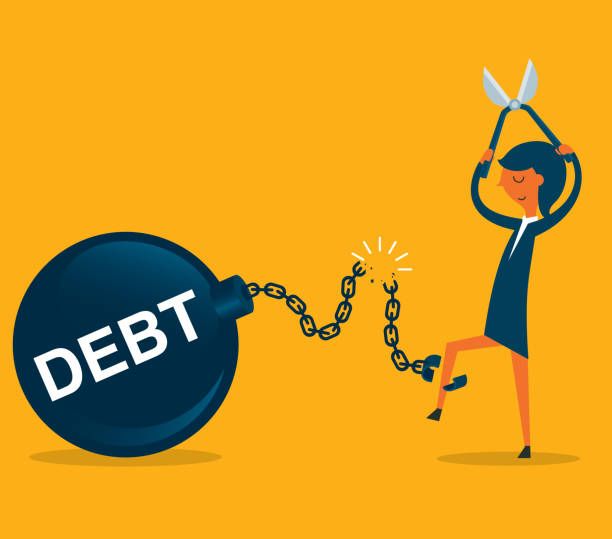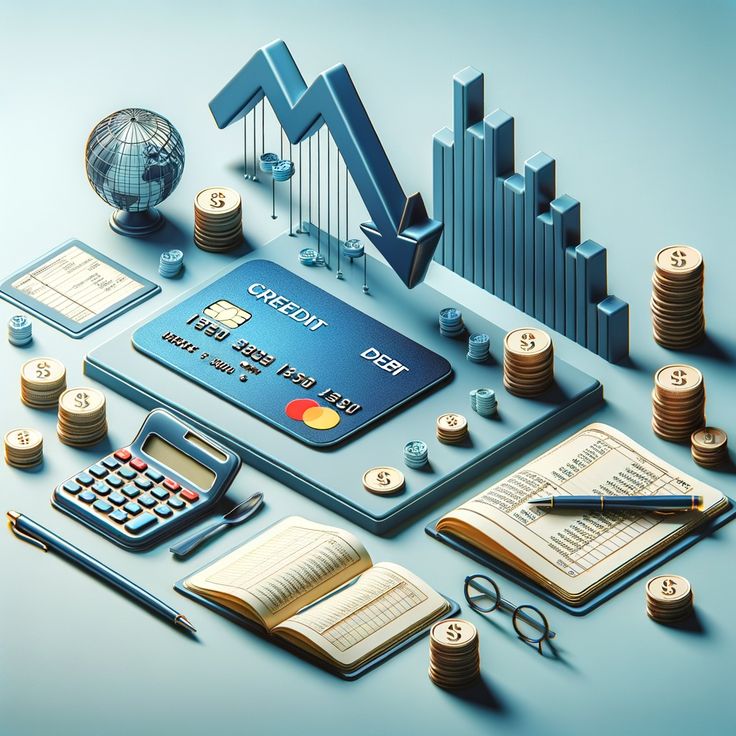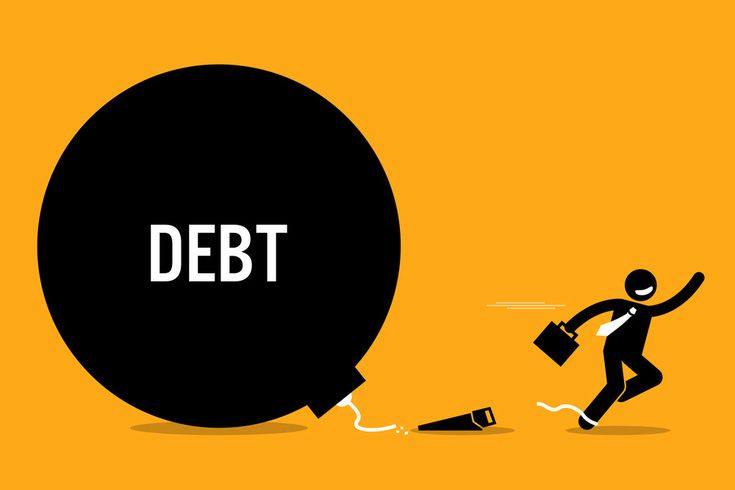Feeling the weight of debt can be a heavy burden. Maybe it’s those student loan statements that arrive every month, the never-ending credit card bills, or a car payment that feels too big for your budget. You’re certainly not alone in facing these challenges. The good news is, feeling trapped by debt doesn’t have to be your reality. True financial freedom isn’t just about earning more or investing wisely; it’s also about shedding the load of debt so your money can actually start working for you.
You’ve already taken powerful steps on your financial journey, like exploring smart ways to save and even getting a safe start in new areas like digital currencies. Now, imagine channeling that same energy and smart strategy towards clearing your debts. This isn’t about complicated formulas or drastic sacrifices, but a straightforward, human approach to taking control.

Your Debts: What Are They?
Before you can tackle your debt, you need to know exactly what you’re up against. It might surprise you to learn that not all debt is created equal. Some debts, like a mortgage (which helps you own a home) or certain student loans (an investment in your future learning), can be thought of as “good debt” because they help you build something valuable. Others, like high-interest credit card debt, are almost always “bad debt” because they cost you a lot of extra money without building any real value.
For young adults, some common types of debt you might come across include:
- Credit Card Debt: This is often the trickiest and most expensive. Credit cards have very high interest rates, so it’s easy for small purchases to grow into big problems if you only pay the minimum amount each month.
- Student Loans: A big reality for many. These loans help you pay for college or other education. They can have different interest rates and various ways to pay them back, and they often stay with you for many years.
- Car Loans: These are typically fixed payments you make over a set time to pay for your vehicle.
- Personal Loans: This is money you borrow from a bank or other lender, often used for unexpected costs or to combine several smaller debts into one.
Your very first step to taking control is to gather all the details for every debt you have. Get organized: write it all down. Who do you owe? What’s the exact amount you still have to pay? What’s the interest rate (this is super important for your plan!)? And what’s your minimum monthly payment? Seeing it all laid out might feel a bit overwhelming at first, but it gives you the power to create a real plan.

Your Simple Pay-Off Plan
Once you know all your numbers, it’s time to choose how you’ll attack your debt. There are two popular methods that make debt repayment much simpler:
- The Debt Avalanche: This method saves you the most money over time. Here, you focus all your extra payments on the debt with the highest interest rate first, while still making just the minimum payments on your other debts. Once that highest-interest debt is completely gone, you take all the money you were paying on it and add it to the next highest-interest debt. It’s like a snowball picking up speed, but with interest rates.
- The Debt Snowball: This method is fantastic for keeping you motivated. You focus all your extra payments on the debt with the smallest balance first, no matter its interest rate. You still make minimum payments on everything else. Once that smallest debt is completely paid off, you get a quick win! Then, you take all the money you were paying on it and add it to the next smallest debt. This method builds momentum and keeps your spirits high on your journey.
The best method is the one you’ll stick with. If saving the most money is your priority, the avalanche is for you. If you need those small victories to stay motivated, the snowball is a powerful choice.
Smart Strategies for Your Debts
Different debts sometimes call for different smart moves. Here are some common types of debt and strategies to tackle them:
- For Credit Card Debt: Your absolute top priority here is to stop adding to it! Put the cards away while you’re paying them off. You might also consider a balance transfer. This is when you move your high-interest balance from one credit card to a new one that offers a 0% introductory interest rate for a period. Just be careful about any transfer fees and make sure you pay off the balance before that special intro period ends. Another option could be a debt consolidation loan, where you take out one new loan (hopefully with a lower interest rate) to pay off several high-interest credit cards, simplifying your payments into just one bill.
- For Student Loans: These loans often come with more flexible repayment options. If your payments feel too high, look into Income-Driven Repayment (IDR) plans. These are government programs that can adjust your monthly payment based on your income and family size. You might also consider refinancing your student loans with a private lender if you can get a lower interest rate. Just be aware that if you refinance federal loans into private ones, you’ll lose out on some federal protections like IDR plans.
- For Car Loans: The simplest strategy here is to make extra payments whenever you can. Even adding just $50 or $100 extra each month can significantly reduce the total interest you pay and shorten the time until you own your car outright. You could also explore refinancing your car loan if interest rates have dropped since you originally bought the car.

Protect Your Future: Stay Debt-Free
Getting out of debt is an incredible achievement, but staying debt-free is the ultimate goal. Here’s how to protect your hard-won financial freedom and build a secure future:
- Build Your Emergency Fund: Think of an emergency fund as your financial shield – it’s a savings cushion specifically for unexpected costs like a sudden car repair, a medical bill, or even job loss. Having one is vital because it stops you from reaching for credit cards or taking out new loans when life throws a curveball. We’ve covered how to build one step-by-step, and it’s truly your best defense against falling back into debt.
- Practice Smart Spending Habits: Living within your means is crucial. As your income grows, be mindful of “lifestyle creep” – where your expenses slowly increase just because you have more money. Make conscious choices about your spending.
- Understand Needs vs. Wants: Regularly take a moment to evaluate your spending. Is this truly a “need” or more of a “want”? This simple question can help you prioritize your financial goals.
- Building Good Credit: As you responsibly pay off your debts, your credit score will naturally improve. A good credit score is incredibly important for future financial opportunities, like getting favorable interest rates on a mortgage, car loan, or even renting an apartment.
Your Debt-Free Journey
Taking control of your debt is one of the most empowering steps you can take on your path to financial independence. It might seem daunting at first, but with a clear plan, consistent effort, and the right strategies, a debt-free future is absolutely within your reach. Imagine the freedom you’ll feel, the money you’ll free up for saving, for pursuing your passions, for investing, and for creating even more exciting passive income opportunities!
What’s your biggest debt challenge, or what strategy are you excited to try first? Share your thoughts in the comments below – we’re building a community of financially empowered individuals ready to conquer their goals!



